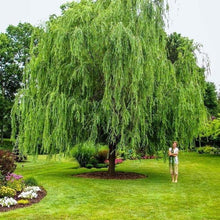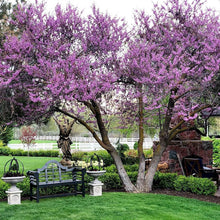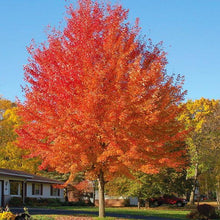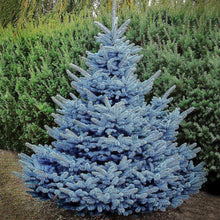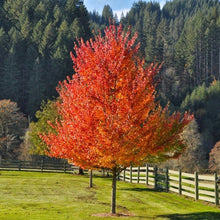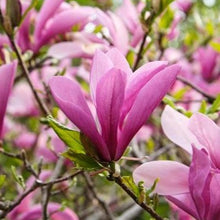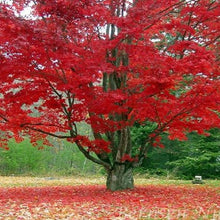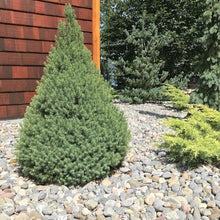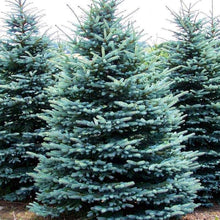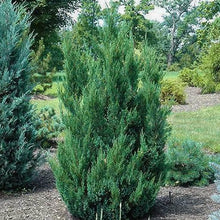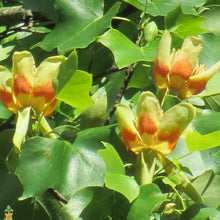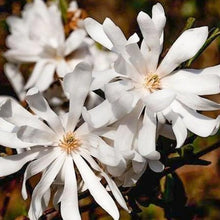Sort by: featured
Category
- Apple Trees
- Arborvitae/Thuja Trees
- Best Sellers
- Birch Trees
- Columnar
- Disease Resistant
- Drift Roses
- Dwarf Fruit Trees
- Dwarf Trees
- Evergreen Shrubs
- Evergreen Trees
- Fast Growing
- Flowering Plum Trees
- Flowering Shrubs
- Flowering Trees
- Fruit Trees
- Gifts for Gardeners
- Ginkgo trees
- Hydrangea Trees
- Hydrangeas
- Juniper Trees
- Knock Out Rose Trees
- Lilacs
- Low Maintenance
- Magnolia Trees
- Maple Trees
- Oak Trees
- Poplar Trees
- Privacy Hedges
- Privacy Trees
- Redbud Trees
- Salt Tolerant
- Shade Trees
- Shrubs
- Spruce Trees
- Sycamore Trees
- Thuja Trees
- Topiaries
- Trees
- Willow Trees
Drought Tolerance
Soil Type
What Kind of Trees are in Vermont?
Vermont is home to many different types of trees. Any of the trees you see on this page are great for the state of vermont. For the coldest parts of the state (USDA growing zone 3) be sure to check that the recommended growing zones include zone 3. The Canadian hemlock (eastern hemlock) is a native Vermont tree. Other evergreen trees that are native to Vermont include fir spruce, pine, juniper, and thuja. The American sycamore, northern red oak and red maples are native Vermont shade trees. Other Vermont native shade trees include ash, birch, beech, maple, and hornbeam. The tulip poplar or tuliptree is a native Vermont flowering tree. Vermont fruit trees include apple, pear, plum, and cherry trees.
When do Trees Change in Vermont?
Fall leaf color changes vary with the type of tree and the climate. But for the most part the timing of leaf change is dependent on shorter days and longer nights. The trees begin their transformation in Vermont in mid-September. This display tends to last at least through mid-October. Lower elevations take longer to change than higher ones.
What are Best Vermont Trees for Fall Foliage?
If you are in the warmer part of the state (growing zone 5) you can grow Japanese maple trees. These trees offer wonderful and unique foliage in spring, summer, and autumn and great fall color. Red Maples offer fiery red fall foliage that is hard to beat. Enjoy the vibrant yellow foliage of the river birch and gingko tree in autumn. The northern red oak has long lasting deep red fall leaves.
How Many Trees are in Vermont?
There are many trees in Vermont. The state is ¾ forest. There are almost 4.5 million acres of forest in Vermont. The growth of trees exceeds the removal of trees in this state. Statistics indicate that around twice as much wood has been grown than has been removed from the state.
What Trees Tolerate Wet Conditions in Vermont?
The best trees for wet sites in Vermont are weeping willow and river birch. Most maples and sycamores do well with wet soil, but standing water is likely a no-no especially for young trees. However, larger trees will do better than very small trees. Most willow trees enjoy consistently moist, even wet, soil.
When Should You Plant Trees in Vermont?
The best time to plant trees in Vermont is in spring or early to mid fall. Both offer ideal temperatures for planting. Fall offers more ground moisture, but beware of planting too close to winter especially in the colder regions of the state. You want to give your tree at least 6 to 8 weeks to begin to establish before severe winter temperatures hit.
When to Prune Vermont Trees
Most Vermont trees should be pruned in late winter or early spring. Deciduous trees are dormant at this time and evergreens have slowed down their metabolic processes. Flowering trees that bloom in spring should be pruned when they are done blooming. Summer blooming Vermont trees should be pruned when they are dormant in late winter or early spring. Minor pruning of dead, diseased, or broken branches can be done at any time.
Where to Buy Vermont Trees
Find Vermont trees for sale online at PlantingTree. We are a family owned and operated online plant nursery. We carry a large selection of the best trees for Vermont. Scroll up to view our current inventory of Vermont trees. We ship mature trees up to 6 feet tall right to your home. Buy Vermont trees online and have them shipped right to your doorstep!
For additional options, be sure to check out our online plant nursery.
You May Also Like:


